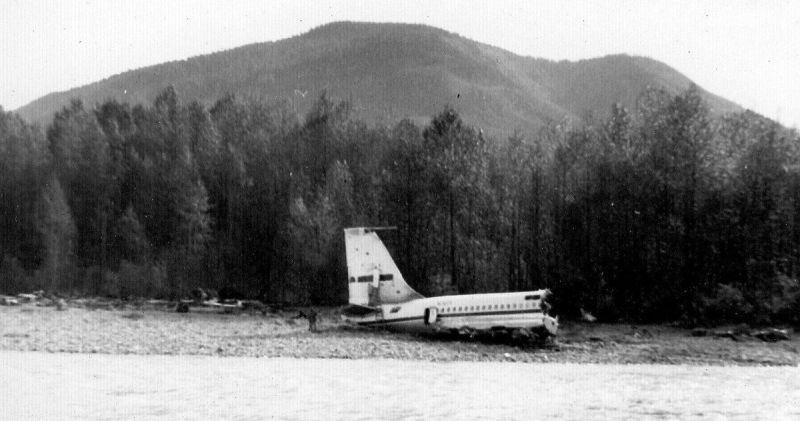In the movie Magnum Force, Dirty Harry famously said, “A man’s got to know his limitations.” Pilots have to know their limitations as well, both of their piloting skill and of the airplane itself, because exceeding those limits can have tragic results.

In 1955, Braniff ordered five 707s from Boeing, the first all-jet airliners to be flown by the company. But these weren’t everyday 707s. They were nicknamed the El Dorado Super Jet (707-227) and had more powerful Pratt & Whitney JT4A engines. Braniff planned to use the aircraft on their South American routes, where the engines would be suited to high altitude and hot air.
The first of these Super Jets, N7071, took its maiden flight on June 11, 1959 and was then flown on a series of training and familiarization flights with Boeing instructors and Braniff personnel. During a training flight on October 19, 1959, the Boeing pilot was putting the 707 through its paces and was working with a new Braniff pilot on his first flight in the 707. The pilots were working specifically on recovery from a Dutch roll, a phenomenon to which the swept-wing 707 was particularly susceptible. Boeing had stated that the limit for a safe Dutch roll was 25-degrees of bank, but the Boeing pilot put the 707 into a roll of 45-degrees, and perhaps as much as 60-degrees. The Braniff pilot tried to recover, only to have the plane snap back in the other direction to 90-degrees of roll. The stresses on the wings caused the number 1, 2 and 4 engines to shear off the pylons, and fire engulfed the left wing.

The Boeing pilot managed to regain control and attempted a crash landing beside the Stillaguamish River north of Boeing’s Everett, Washington factory. The four Braniff and Boeing employees along for the ride hastily moved to the rear of the aircraft while the Boeing pilots aimed for flat ground beside the river. After cutting the one remaining engine to level the plane out, the 707 struck trees short of the landing area. The crash claimed the life of the two Braniff pilots, the Boeing instructor, and the Boeing engineer in the cockpit. The four passengers survived in the mostly-intact tail section. The report by the Civil Aeronautics Board faulted the Boeing pilot for rolling beyond the design limits of the aircraft, and also for trying to teach the recovery maneuver to a first-time pilot. The cost of the crashed aircraft was paid by Boeing.
(For more about this flight, see Braniff Flying Colors on Facebook)
For more stories about aviation, aviation history, aviators and airplane oddities, visit Wingspan.